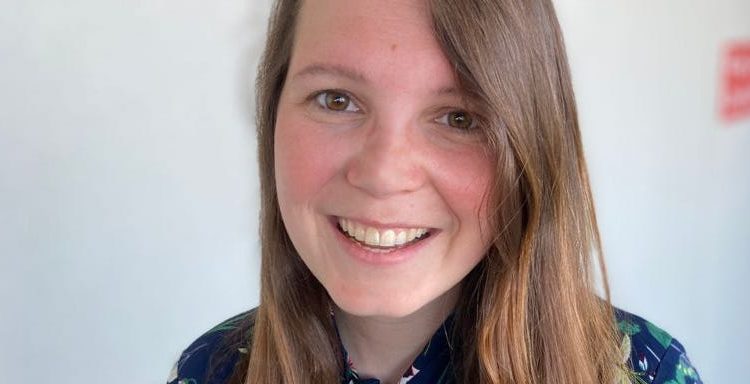
- I thought I had to be rich to invest, but I also knew money grows the longer it’s in the market.
- So with just a few dollars a week, I started investing with Acorns and contributed consistently.
- I also opened a Roth IRA after a little Google research and have been building wealth ever since.
- Read more stories from Personal Finance Insider.
There is a prevailing belief in the United States that you need to make a lot of money to start investing. This may have been true once, and it is easier to get started if you come from a family of investors who taught you how from a young age, but getting started is becoming easier and easier (with the invention of apps that let you round-up purchases, for example). That’s been true for me.
I started my investing journey with a robo-advisor app
When I was 23 and finishing up my Master’s degree, I had little knowledge of investing. I had no idea how to start and couldn’t find anyone who could explain it to me. I knew theoretically that time was on my side, however, and that it was better to start with something than to wait until I knew more. So I downloaded a robo-advisor app and started putting in a few dollars a week (I used Acorns, but there are many more now than when I started). This allowed me to take advantage of compound interest without risking too much before I was really making an income.
Over the next few years, I followed personal finance websites and learned as much as I could. I opened a self-directed Roth IRA and began putting money in when I started my first full-time position at 24. I continued to add to both this account and the
robo-advisor
account over the years, while doing research on the differences between individual stocks, ETFs, and mutual funds, and doing my best to diversify my accounts with a little of each.
At first, it seemed like I was doing nothing — I put a small amount of money in each week and was making pennies on the dollar.
But I continued adding to the robo-account and picking different stocks and ETFs in my Roth account. I still wasn’t maxing out my IRA — my income remained around $20,000 for several years while I was living abroad — but I consistently invested something. Eventually, I saw my accounts grow into the four-digits and felt like I was making progress. I started making achievable monthly goals to keep myself motivated — and to help visualize my progress more clearly — which slowly started to account for more substantial growth.
I eventually maxed out my IRA and started to see gains
I continued to learn more, reading a variety of resources like Amanda Holden, Motley Fool, and Personal Finance Insider, and diversifying my investments as I went. In 2019, I returned to the United States and eventually started making a real salary again, taking advantage of my employer’s retirement plan and, in 2020, maxing out my Roth IRA for the first time.
After five years of feeling like I was investing too little to see a difference — and starting to think that people were right when they said you need to invest large amounts for it to accumulate — my accounts have edged into the five-figures and I am beginning to see real wealth. In fact, over the course of six months in 2021, I grew my net worth by $30,000 (from -$15,000 to +$15,000) by continuing my straightforward investment strategy and adding as much as possible to my brokerage accounts.
It’s still challenging — learning the investment lingo is like studying a new language — but it’s a learning curve that has become easier to navigate. I’ve made a few mistakes along the way, but have seen some significant growth overall and don’t regret starting before I knew everything. In fact, I credit my habit of investing early for the progress I have made.
The process was slow going at first, but totally worth it
For me, starting with both a robo-advisor and self-directed account (one for personal investments and one for retirement) allowed me to feel like I wasn’t missing out on anything. When it comes to which bank to use, I did a simple Google search of “investment bank comparisons” and settled on the one that seemed to have what I needed. I spend a few minutes each day perusing personal finance sites and using what I have learned to make more informed choices.
It was slow going at the beginning — and can feel discouraging — but I am finally starting to see a difference. It’ll still be a while before I hit the millions, but I no longer wonder whether I’ll ever be able to retire — now, I can do the math and see the possibilities.
